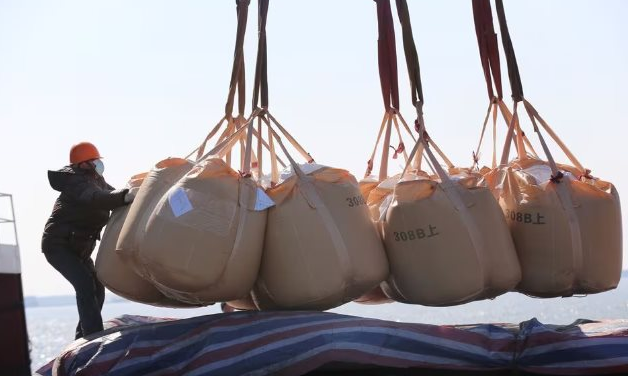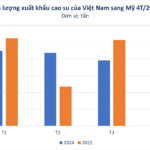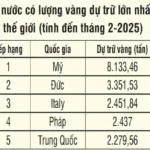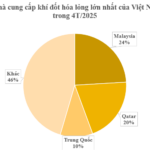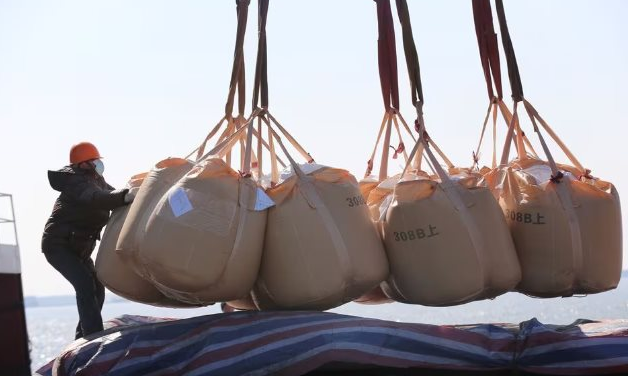
Illustrative image
According to Reuters, China’s wheat production is forecast to drop by up to 5% this year, reaching its lowest level since 2018. Specifically, the world’s largest producer and consumer of grains is expected to harvest between 133 million and 135 million tons of wheat in 2025, a significant decrease from the 140 million tons harvested in 2024.
China is striving to safeguard its agricultural supply amid global trade fluctuations, especially from the US – the world’s top exporter. Beijing imposed a 15% tariff on US wheat in March, when import demand was still low. In the first four months of the year, imports also hit a seven-year low.
However, the increasingly frequent extreme weather events caused by climate change are forcing the country to quickly adjust its supply channels. Two years ago, heavy rains damaged crops and pushed annual imports to a record high of over 12 million tons. Wheat is a staple food in China, especially for noodles and steamed buns, and is also used as a substitute grain in animal feed.
This season, high temperatures and persistent drought have parched the land and wilted crops. The most noticeable damage has occurred in northern China’s wheat-growing regions, including the top-producing province of Henan, as well as Shaanxi.
According to the meteorological agency, these two provinces experienced significantly lower rainfall than average in May. Some areas of Henan and Shaanxi have been designated as suffering from special drought conditions — the worst category in China’s classification system.
Forecasters such as the International Grains Council and the US Department of Agriculture have not yet adjusted their estimates, expecting the country’s harvest to reach or exceed 140 million tons. However, state media has reported on the deteriorating situation ahead of the summer harvest, including earlier and more frequent pest infestations. The government has responded by issuing warnings, releasing emergency funds, and improving irrigation systems, as well as providing additional nutrients to crops. But the extra costs are a significant burden for many farmers already struggling with low profits.
A farmer in Hebei, another major wheat-growing province, said, “The weather is becoming unusually erratic — it doesn’t rain when we need it.”
He added that additional irrigation, although costly, had been sufficient to alleviate concerns about his farm’s wheat crop. His current worry is having enough rain before the summer corn planting season starts in late June.
Gold: From Traditional Reserve to Modern Financial Weaponry
For centuries, gold has been a core component of the global monetary system, offering a lower-risk asset class compared to many other alternatives. In today’s volatile geopolitical climate, with soaring inflation and strained global trade, nations are re-evaluating their approach to this precious metal.
Over 50 Vietnamese Businesses Head to the US to Boost Trade: Vietnam Expected to Sign MOUs Worth Over $2 Billion for US Goods
The Ministry of Agriculture and Environment has announced that the Minister will lead a delegation of nearly 50 agricultural agencies, businesses, and associations on a visit to the United States from June 1st to 7th. The purpose of this trip is to explore trade promotion opportunities and to learn about the import procedures for US agricultural, forestry, and aquatic products.

